Growing up in Scranton, in the heart of Northeastern PA (NEPA), Friday nights meant one thing. PIZZA! Sure, there was high school football too, but regardless of the time of year, pizza was always in season – even more so during lent. That’s a time of year when Catholics avoid meat on Fridays and the perfect meal is usually a “tray” of pizza.
Yea, in this area they call it a tray – not a pie – because it’s baked on a sheet pan aka a tray. Here, they sell cuts of pizza instead of slices. And to complicate things even further, the rectangular pizza is referred to as a square. Confused yet? Let’s try some more… I’m told the original individual serving was a square, but in order to avoid anyone getting a “crustless” center cut, they changed to a rectangle.
No matter how you cut it, Old Forge Pizza is special.
Legend has it that Filomena Ghigiarelli, a native of Nocera Umbra, Perugia, Italy, was the first to serve up pizza in Old Forge in 1926. She and her husband Erminio used to offer it as a complementary snack to the hungry coal miners in their tavern in the largely Italian mining town. The workers would sit in their bar playing cards after their shift and be served this tasty accompaniment to their beer.
With Filomena immigrating from Perugia, which is north of Rome, it’s likely she made a version of Roman-style pizza, also known as “pizza al taglio”. This style is also cooked on a sheet pan in a rectangle. It’s sold in many walk-up windows throughout Rome. You order the variety you want and they literally cut a piece off of the rectangle with scissors (“al taglio” translates to “to the cut” in English). Then, you’re charged by the weight of the cut. If you’re ordering it to eat at a table, they serve it to you on a tray. Roman-style, like Old Forge, also has a light and airy dough that is easy to eat and digest.
Could it be that Old Forge Pizza is actually a spinoff of Pizza al Taglio?!?!
The original Ghigiarelli’s closed a few years ago, but Old Forge pizza and beer remain as popular as ever.
I set out to see if I could prove that Mama Ghigiarelli was, in fact, the first to bring the pizza to the village – and at the same time, determine when pizza became popular in the area. I decided to investigate by researching old newspaper ads and historical records.
What I found was that long before Salerno’s, Arcaro & Genell, Colarusso’s, Revello’s, and several others branded Old Forge as “The Pizza Capital of the World”, dozens of others in the region paved the way for their success.
Let’s start with the basics.
What is Peetsa?
Pizza has been around Italy for a very long time. One of the first mentions in the US however was in a Boston newspaper article from 1861 – this was well before the Italian wave of immigration from 1880-1924 – when four million Italians immigrated to the US. The article was first printed in London in December 1860 but reprinted in Boston a couple of weeks later.
However, it took quite a while before I was able to find a mention in the state of Pennsylvania. Literally, the first mention in Pennsylvania newspapers was on June 22, 1929 – years after Filomena allegedly served it up. This article in the Pittsburgh Post-Gazette was talking about the Pittsburgh Market, Italians, and the foods they brought to America. They actually described the dish as if no one knew was it was. This tells me that it was unknown to most people.
The description sounds like what we know today, right?
In other articles, however, mentions of pizza included different descriptions. Some that are quite curious and to my knowledge, have been lost to time.
For example, several articles referred to Pizza alla Napoletana as an Italian tart that was served as a dessert. Clearly not what I know Neapolitan Pizza to be today.
Other articles called out Pizza Neapolitan as a more savory dish that included mushrooms and roast beef. Yum!
And as late as 1937, they were still educating people on how to pronounce pizza.
The same article gave this recipe and it looks surprisingly similar in format to what we have in NEPA. A square pizza that’s cut into squares for serving. I’m left to wonder where they got this recipe. Was it from Chicago as mentioned above? Did Chicago get it from Pennsylvania? Or was it in fact, from Italy?
Based on all of this information, I think it’s safe to say that pizza was not a widespread dish yet – at least through 1937.
What is Old Forge-Style Pizza?
Old Forge, the tiny village in the heart of NEPA was once home to many Italian immigrants. Today, Main Street is still dotted with cafes and “pizza parlors” and is generally packed on weekends. The town has become the namesake for the style of pizza that dominates the region.
Here, they sell what’s known as “red” or “white”. Red is your typical cheese pizza with sauce and a blend of cheese while white usually means a stuffed, double-crusted creation that is loaded with a cheese blend and often includes optional ingredients – broccoli being very popular. Besides the shape, the key difference from other versions of pizza around the country is the dough. It’s light and airy and thicker than New York style, but thinner than Sicilian. A popular spinoff of Old Forge-Style is Pan-Fried Sicilian. With this version, you fry the pizza on a bed of oil, to give the bottom an extra crunchy texture.
Old Forge is so famous for pizza that Presidents and Presidential candidates are known to stop in while on the campaign trail.
The State of Pizza in Pennsylvania
Regionally, a Wilkes-Barre newspaper was the first to mention pizza in 1932. There was an article about foods that the “Italian Touring Club” recommends while in Italy. The article describes the dish that is in line with the pizza that we enjoy today – sans the anchovies.
The following year, ads started to pop up in Hazleton, Pittston, and Sayre, all small towns with a heavy Italian population.
Hazleton
The very first place to advertise pizza for sale in the newspaper in the entire State of Pennsylvania that I found was Senape’s Beer Garden. An immigrant from Avellino, Italy, Saverio Senape bought a liquor license in 1907. He and his brother Giuseppe lived together before Saverio opened The S. Senape and Son Bakery at 835 Vine St. in 1932 and likely started to make pizza at that point.
By 1933, they started to advertise pizza in their tavern.
That’s right! Not a place in Philadelphia, Pittsburgh, or even Scranton. Little old Hazleton is on the map as being the first to advertise in the state of Pennsylvania! Again, there might have been others making and selling pizza before this, but this is the first mention I’ve found in Pennsylvania. Interestingly enough, Senape’s is still in business today at the same location!

And before long, Senape’s was calling their pizza – “pitza.”
A term that is still used to this day.
Shortly after, Sacco’s restaurant on Diamond St in Hazleton followed suit and started to advertise the new creation. Frank Sacco was a native of Salerno, Italy, and his wife Carmella was from Sicily. Frank was recognized for popularizing Italian cuisine in Hazleton.
And Al Negro’s cafe started to advertise Pitz in mid-1935. This ad was from later in the year.
Sayre
Up in Sayre, along the New York State border, they were giving away the pizza for free on Tuesday nights. The Cacchione family came to the US from the Foggia Province of Italy on the opposite coast of Naples.
Pittston
And finally, Pittston, a town just south of Old Forge added a couple of options.
All of these places around northeastern PA all started to advertise pizza before the “Pizza Capital of the World.”
The Birth of Old Forge-Style
Business records confirm that the Ghigiarelli’s owned their property at 511 S. Main St as early as 1923. They were even listed in a newspaper article as caterers for an event in 1928. This would at least coincide with them offering pizza to their guests in that timeframe.
Erminio passed away in 1938 and Filomena continued on with the business. At one point in 1948, the restaurant was still owned by Filomena and called The Columbia Restaurant. However, there’s no mention of them selling pizza until much later. Again, while this doesn’t mean they weren’t selling pizza, it doesn’t confirm that they were either. Still, many believe that Mama G was the creator of Old Forge pizza.
Evaristo Ferri, the founder of Ferri’s Pizza, was also one of the early adopters. Evaristo was a miner during the day and ran an Old Forge bar in the evenings along with his wife. He started baking his pizza in 1936 on large trays and also gave it to the miners as they drank their beer. It was his innovation that lead to the use of shirt boxes to use as a transport vehicle when the miner wanted a “tray to go” to bring home to the family.
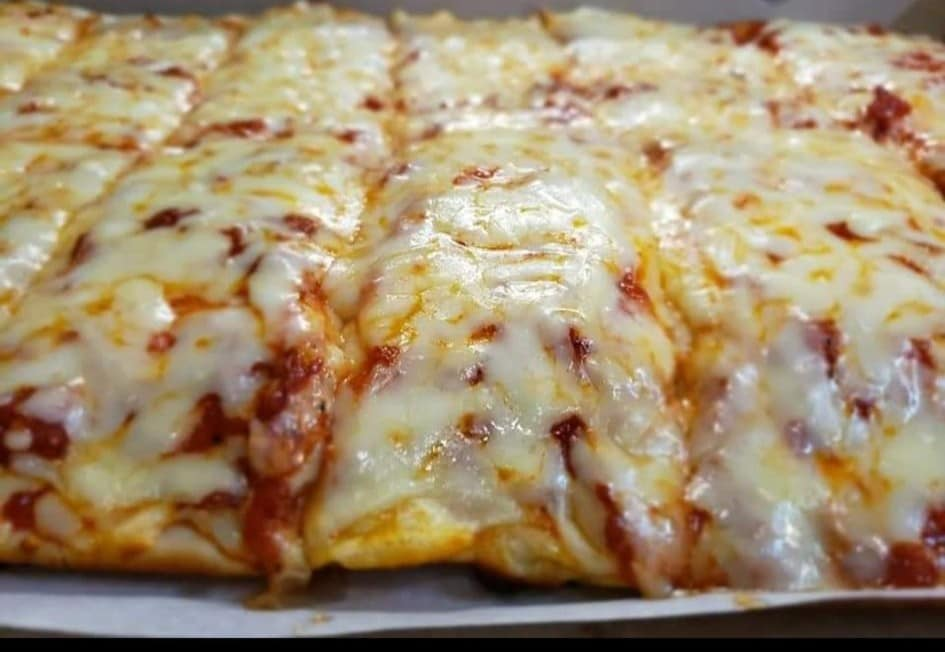
Now, the first restaurant to advertise in Lackawanna County was also in Old Forge. Pagnotti Recreation offered specials that included pizza. In fact, pizza was mentioned only 12 times all year in Scranton area newspapers in 1937 and all 12 of them pointed to Pagnotti’s ads throughout the balance of the year.
Pagnotti Recreation Academy was an entertainment venue on the 2nd floor of the Holland building at “Holland’s Corners” in Old Forge. It opened on March 21, 1925, and was owned by Louis Pagnotti, a local legend in Old Forge. He was a merchant, boxing promoter, coal industry leader, politician, and chairman of a bank. He once underwrote an effort to save miners who were trapped in the mines. One of his other major accomplishments was to bring the World Welterweight Championship prizefight to Scranton on May 20, 1926. That’s when Pete Latzo upset six-time Champ, Mickey Walker
The venue offered bowling, billiards, a barbershop, and a restaurant.
1938
Pagnotti’s remained the only restaurant that advertised pizza in 1938 and my guess is that they sold pizza by the tray because it didn’t take long for the new vernacular to take hold. The first mention I can see of “Tray of Pizza” is in a caricature of Bruno Notarianni, a local produce dealer. Notarianni was featured as part of the group that was hosting a dance at the Scranton Athletic Club. It’s likely that Notarianni knew Pagnotti, Ghigiarelli, and/or, Ferri.
1939
In 1939, Mrs. Louis Vitall hosted a “pizza” party for the Women’s Civic League. Mrs. Vitall, nee Bertha Gherardi was born in Gualdo Tadino, Perugia, which is northeast of Rome.
And the Siculo-American Federation also served up pizza at their annual event that was held at the Waldorf. The Federation is a collection of Italians who were connected to Sicily. You have to wonder if they served Sicilian-style pizza.
Even in 1939, they were advertising pizza as a Lenten treat at the Square Restaurant on Adams Ave. Today, Osaka Japanese Restaurant is in that location on Courthouse Square in Scranton.
1940
The lone mention of pizza in 1940 was an advertisement for B&M Restaurant. B&M was on Church Street in Jessup.
1941
In 1941, there were 41 mentions of pizza in the Scranton-area newspapers. Pizza started to take hold as at least six additional restaurants were promoting the dish.
Sue’s Cafe started to advertise it in Taylor in early March.
Followed by Henry Monacelli’s Cafe and their “Italian Pizza” on Spruce Street in Scranton by late March.
In May, Andy Panek’s Cafe on Keyser Avenue in Old Forge joined the mix.
Then in August, Harry Cimini’s advertises pizza along with “Stuffed Mango Dinners”. I mean, come on. Didn’t everyone in NEPA grow up calling a green pepper a mango? It wasn’t until I moved to Arizona that I actually found out that mangoes are something completely different.
In October, Carbondale saw a couple of places advertise. The Town Tavern offered pizza with Italian sausage while the Roosevelt Beer Garden at 17 Brown St. highlighted Pizza.
1942
Things were still slow in 1942. There were only 21 mentions of pizza that year. Some of the new names to the scene include a couple more in Old Forge.
Freddie Cariati’s Cafe started to advertise “home made pizza.”
One the same day, another Old Forge cafe joined in. Walter’s advertised pizza along with dancing and music.
Even the dance halls started to sell pizza. Cheese’s Dance Annex was located at 29 Dundaff St in Carbondale.
And the new last mention in 1942 was in May. Arcadia Cafe in Dunmore joins in by adding Wednesday night Pizza Nights.
1943
After a slow year in 1942, 1943 added at least nine new restaurant options for pizza lovers, and mentions increased to 57 for the year.
Hubshman’s on Pittston Ave calls every Saturday night, “Italian Pizza “night! They were a regular advertiser of pizza in 1943.
Chinchilla now features an addition to the pizza scene as the Whiteway Inn adds Pizza to their menu on a Saturday night.
You can tell pizza is getting popular when it’s part of a “Modern Polka” dance party.
Jerry’s Cafe in Dunmore offers pizza every night.
Lettieri’s was ahead of their time and making a splash with their “Pizza a la Napolitana”! I have to wonder if it’s what was described earlier or if it’s what we know it to be today.
An Italian baker from Old Forge, Anthony Chiavarini, partied when Mussolini was defeated and signed the Armistice of Cassibile and joined forces with Allied nations. He was serving up pizza, which was described as “Italian pie, made with cheese, tomatoes, and fish.” I’m pretty sure they mean anchovies here. Anthony was from the village of Sassoferrato in eastern Italy, outside of Perugia.
By October 1943, Kramer’s Grill on Linden and Main offered Grandma’s Chicken Dinners along with Spaghetti and Pizza.
Who can forget Biif’s?!? At the time, it was owned by Speranza Allegrucci and Jennie Vescovi and remained with the Vescovi family for decades!
And Pagnotti’s was still going strong – now advertising as a Bar and Grill.
In December, you could dine and dance at Tabbarini’s and enjoy pizza every night of the week.
1944
Mentions were fairly consistent year to year with 50 instances of pizza mentioned in the papers and several new players slinging pizza.
Tony Guzzi’s Cafe offers pizza on Saturday nights along with shuffleboard. The News Room Cafe last occupied that building.
Chellino’s Cafe opened at 12 E Parker St in North Scranton in 1939 but didn’t advertise pizza until 1944.
Even the churches got in on the pizza craze. St. Lucy’s in West Scranton, an Italian church, hosted its Annual Spaghetti dinner and advertise an “Extra Special”, Pizza.
Dunmore added two options in 1944. Astolfi’s sells cuts for 10 cents while Charlie’s entices customers in with music.
Carbondale had a very large Italian community. The Annex started selling pizza in 1944.
The Elsam in Scranton advertises Pizza as their specialty.
While up in Jessup, another Charlie’s advertises pizza and music.
Throop sees its first advertisement with Wasko’s – featuring pizza every night.
Followed by Mancuso’s in Jermyn with this ad placed in the Archbald section of the paper.
1945
After somewhat slow, but consistent growth over the past several years, pizza mentions exploded to 272 instances, so I think it’s safe to say this was the year that things took off.
A want ad is placed in the Scranton Times. They are looking for a pizza baker and the location is listed as “out of town”. Does the Scranton area already have a good reputation for pizza?
And you know things are heating up when the suppliers to the industry start advertising!
Avoca’s first to advertise is Orluk’s followed closely by Pietra’s.
South Scranton had a fairly large Italian population at one point. They added a couple of options for pizza this year. That said, it’s not often you see a Polish tavern, like Stanley Dworczak’s Cafe serving up spaghetti and meatballs along with pizza.
Three Old Forge restaurants advertising on the same day. Could this be the rise of the Pizza Capital of the World? Laurenzi’s Cafe is where Arcaro and Genell is today. While Fred Talarico’s Cafe was listed at 1035 S Main St and Cariati’s was at 935 S Main St.
Another Old Forge addition came a bit later when William Pilosi, a politician in the borough of Old Forge, started selling pizza in July. He opened his restaurant in 1928 to much fanfare but they didn’t advertise pizza until now. Today, the location houses one of the better-known pizza restaurants in the area – Revello’s.
Calvin Giordano’s Blue Room offers pizza in Old Forge. Calvin passed away in 1967 and the place became known as Casey’s Bar – also serving pizza.
Finally, Old Forge finishes the year with Sandy Greco going high-end with lobster and shrimp to complement their pizza. Dooley’s Pub & Eatery now occupies this space.
Simpson has Ye Olde Ziemba’s Tavern.
And Pizza Parties seemed to pop up everywhere.
Lettieri’s in Scranton dominated the advertising with creative ads like these:
Midvalley added Russen’s.
A West Scranton institution joins the pizza party when the Log Cabin offers it up for the first time.
More additions in Carbondale when Cerra’s Hotel and Venice Restaurant offer up Italian fare, Calanni’s goes American, and the Peanut Bar, my goodness, the Peanut Bar. What a combination!
Dunmore adds four more pizza options. Johnny Walsh’s is selling pizza at 10 cents per cut and Gridiron Bar and Grill has the culinary creations of Mrs. Palazzi. Chick’s Tavern has pizza with wines, beers, whiskies, and shuffleboard and Charles and Frank take over the Town Grill.
Taylor adds Jack Stanton’s
South Scranton welcomes Bill Mauer’s Cafe and Sam Schiavi’s Sonny Boy Bakery. Schiavi’s bakery was destroyed by fire in 1967.
Pittston opens up the Gramercy Bar with its “musical octagon bar.” I’d like to see photos of this…
And Jessup has Perini’s.
As you can see, it was a banner year for pizza options. Perhaps following the War, things opened up a bit and people were happy to get out and enjoy a meal away from home.
1946 and Beyond
From this point on, pizza had become a staple in the NEPA diet. More and more restaurants opened or started offering the blue-collar treat. The interesting thing to me is that most of the restaurants or taverns mentioned here are long gone. Few originals remain in the family such as Senape’s and Ferri’s. Most have been replaced by what many now recognize as Old Forge pizza. Places like Revello’s (took over Pilosi’s in 1967), Arcaro & Genell’s (took lover Laurenzi’s in 1962), Colarusso’s, Salerno’s, Cafe Rinaldi, and dozens of others now define “Old Forge-style” pizza.
So, who was the Godmother or Godfather of Old Forge Pizza?
While I can’t confirm who was responsible for bringing pizza to Lackawanna County, I can say that evidence does support Ghigiarelli’s as being the first in not only Old Forge – but also throughout Lackawanna County. They had the location and were known to be caterers at the time.
A special mention should also go to Pagnotti’s for being the first to advertise the new dish to the area. Advertising undoubtedly led to greater adoption.
Senape’s also deserves credit for being the first to advertise in the entire state(1932). Bonus points because they created a unique name AND their “pitza” still pleases today.
At home in Lackawanna County, I believe the longest continuous operation goes to the Ferri family. Evaristo started like Mama G by handing out pizza in his Ferri’s Beer Garden at 221 S Main St in Old Forge in 1936.
After his wife died in 1946, Evaristo joined Pagnotti’s as the Manager for a brief stint,
From there, he created Ferri’s Nu-Way Pizza in August 1947. He was located at 124 N Main St in Old Forge – claiming to be the only Pizzeria in town – meaning a place solely focused on pizza – hence a “New Way”.
Over time, Evaristo and the Ferri family developed a “pizza enterprise” with locations all over the area. I grew up eating Ferri’s Pizza on Taylor Hill. At one point, they had a bakery that sold pizza wholesale to grocery stores. It was quite an empire. Today, his family continues the tradition with some of the best Old Forge-style pizza in the region being served up from their location in Moscow, PA.
Sure, several regions claim to have the best pizza. New York. Chicago. Detroit. But nothing beats what you grow up eating. And for me, that is Old Forge-style pizza from any one of the amazing places in NEPA. And while there might be some debate over who created this style of pizza, I really don’t care. Whoever it was, I’m glad they did!
If you live in or visit the area, click on the NEPA Pizza Review map below to find a location near you. Just be sure to order a tray of red and tray of double-crust white with broccoli!

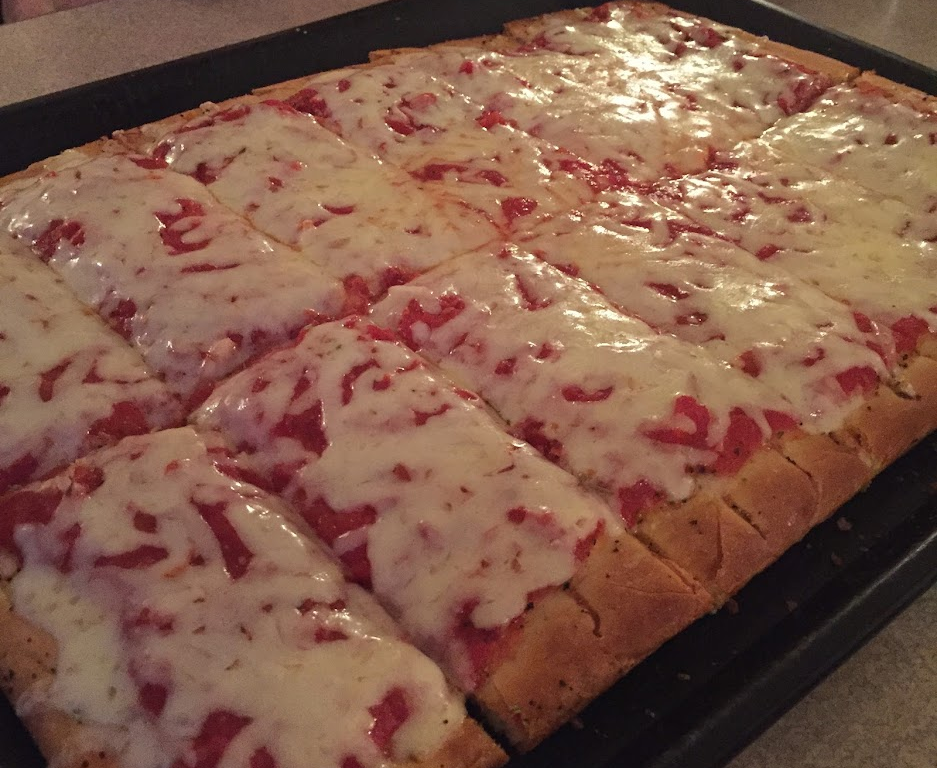
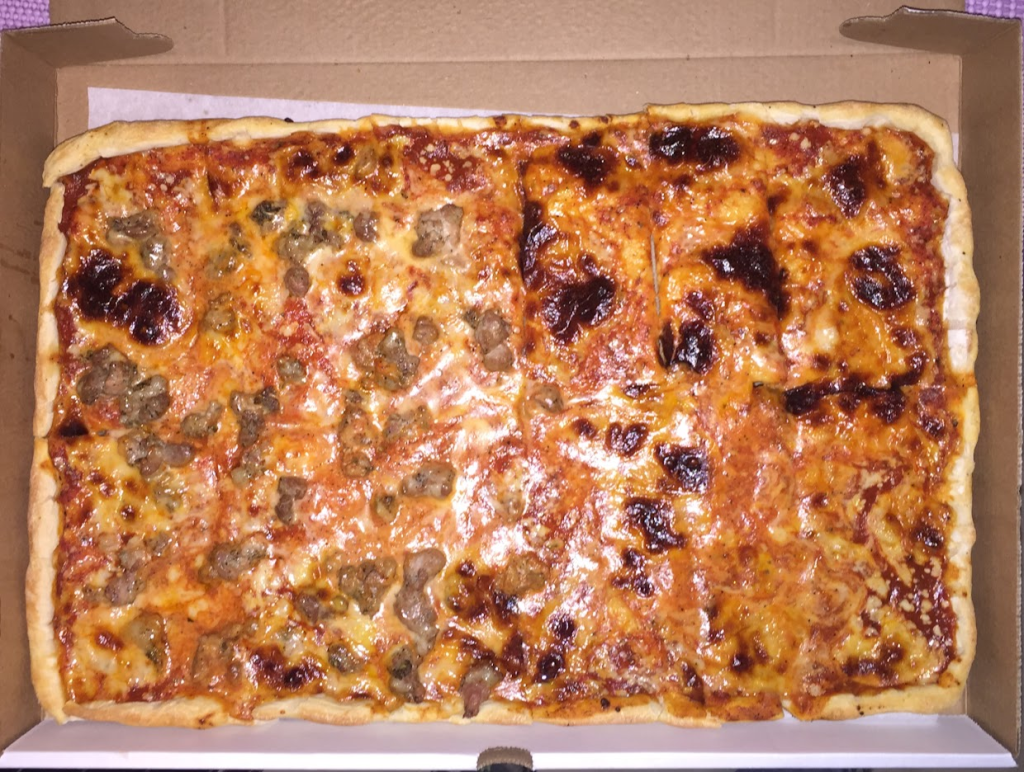
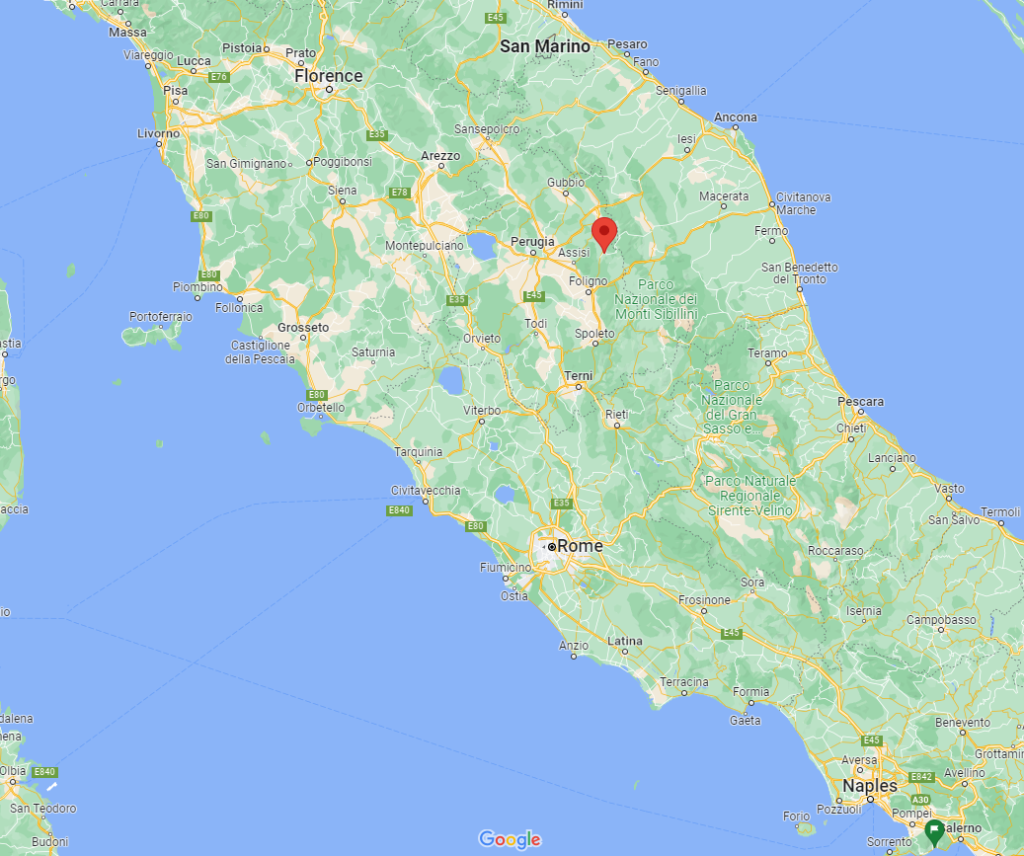

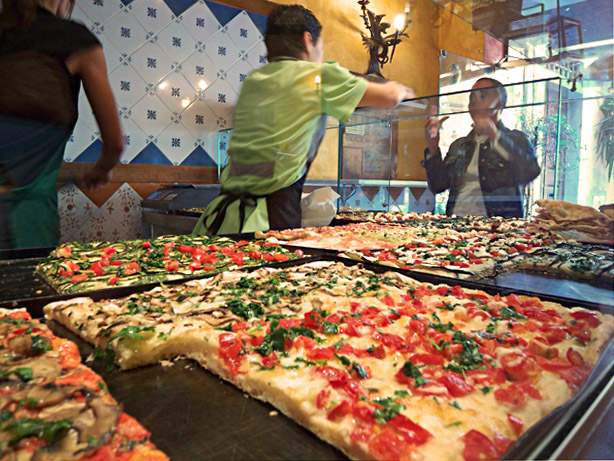
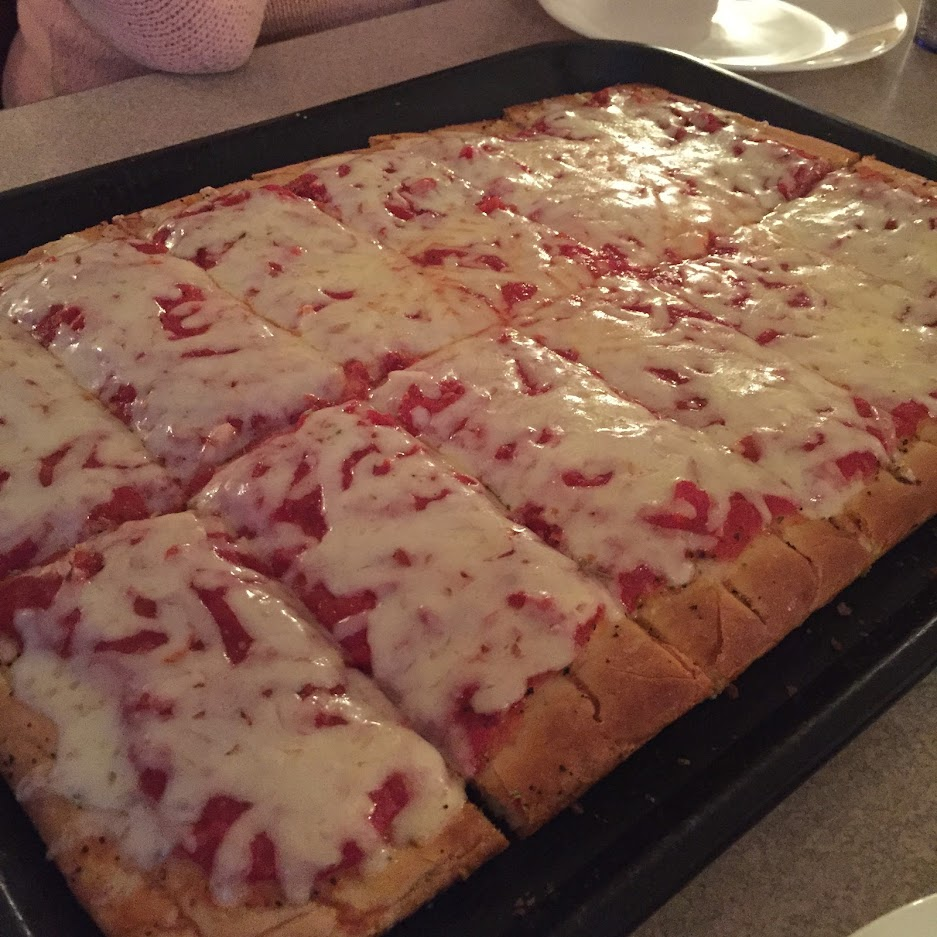



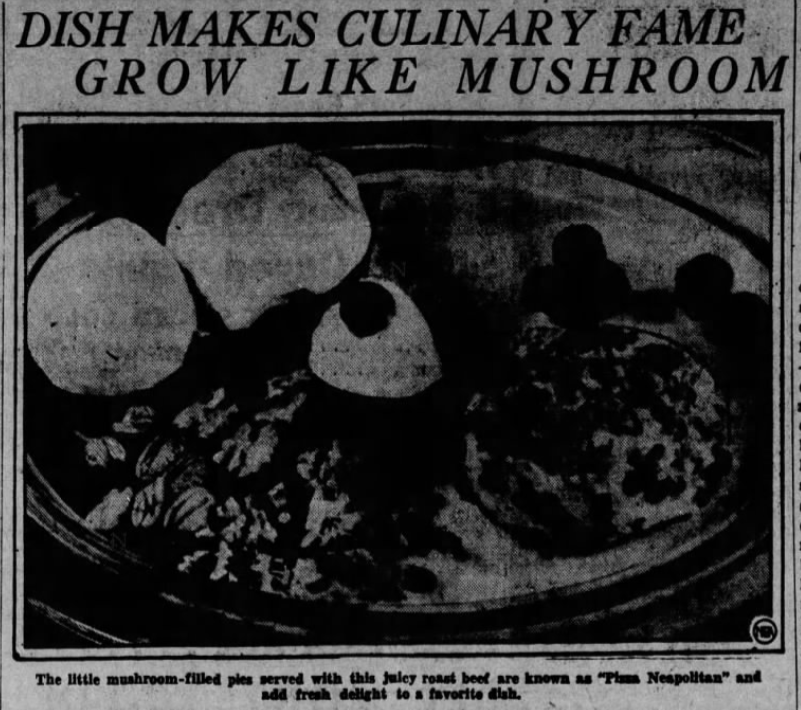
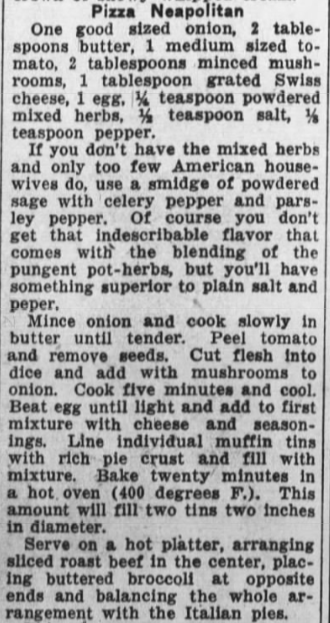

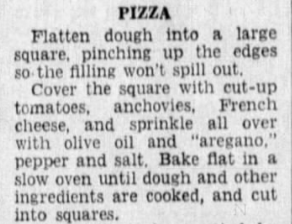

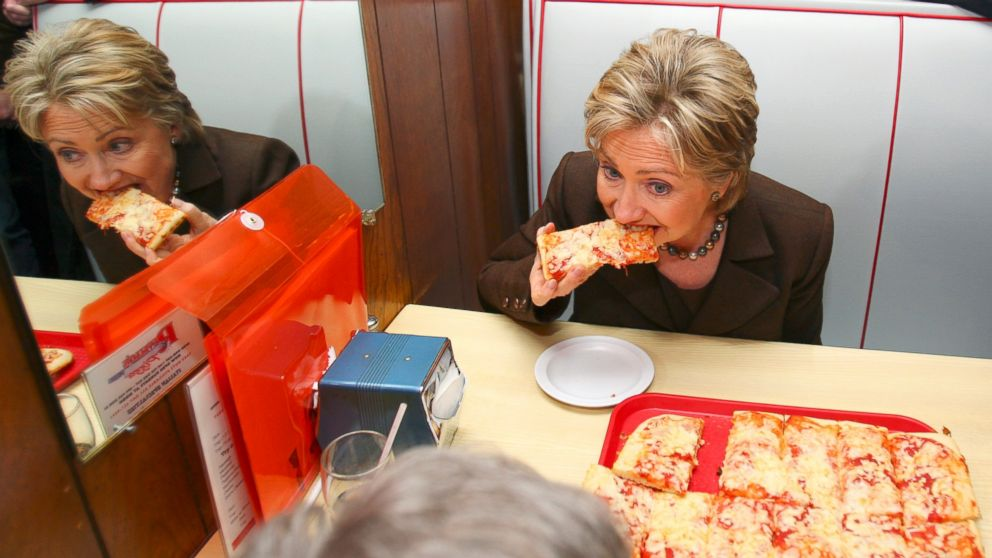
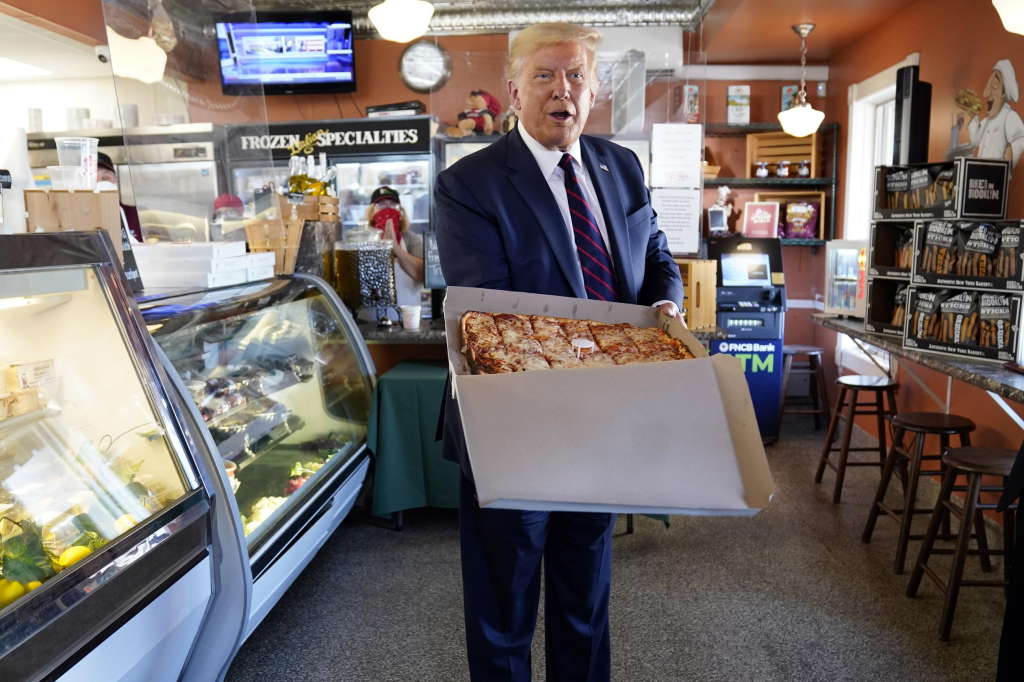

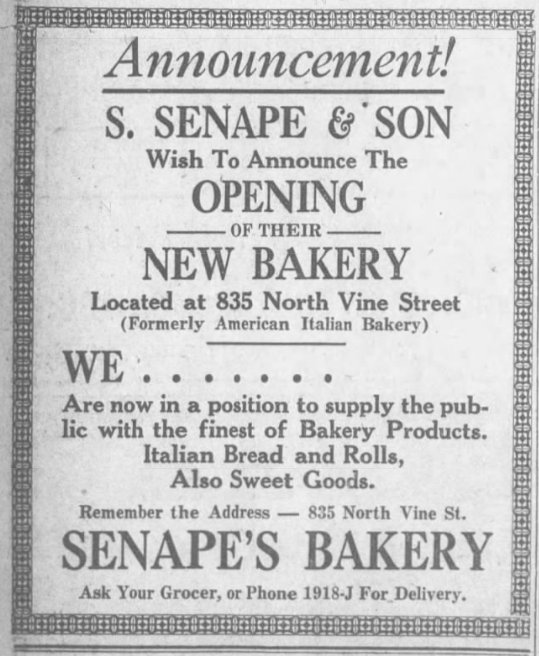
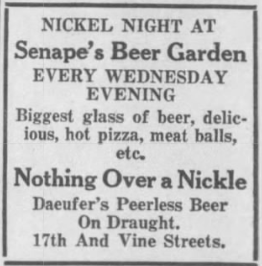


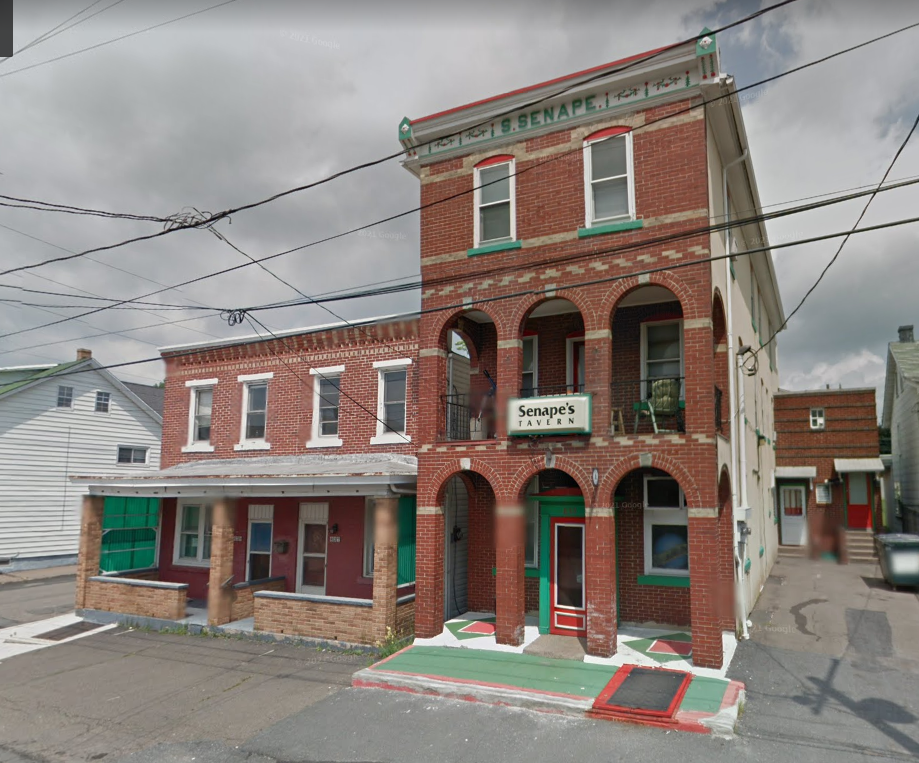
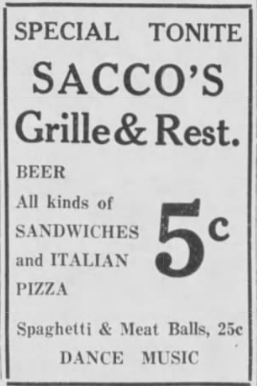
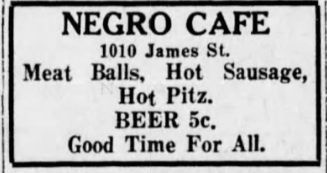
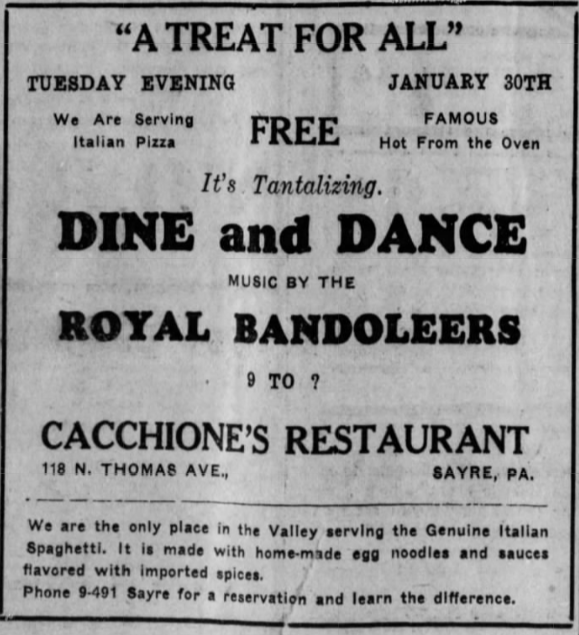




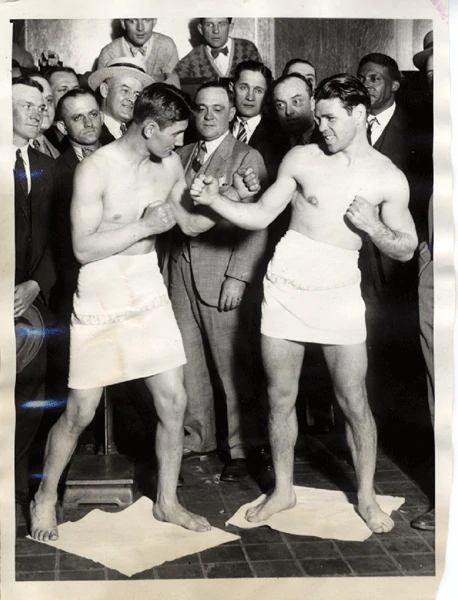
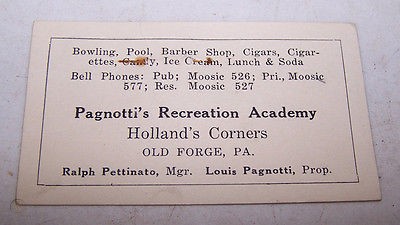
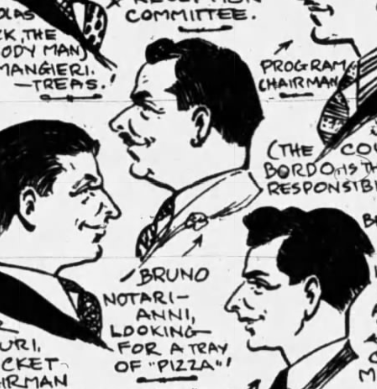
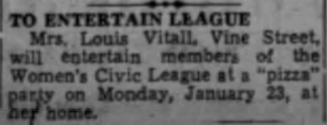
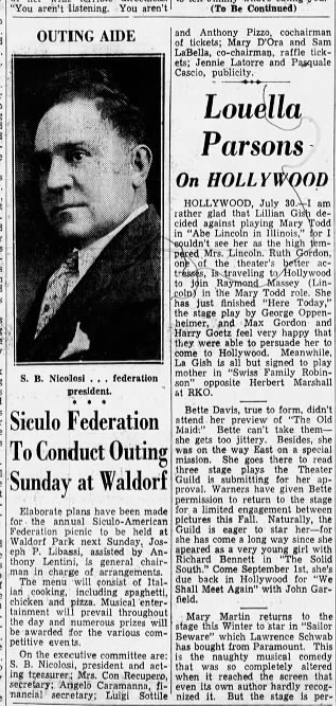
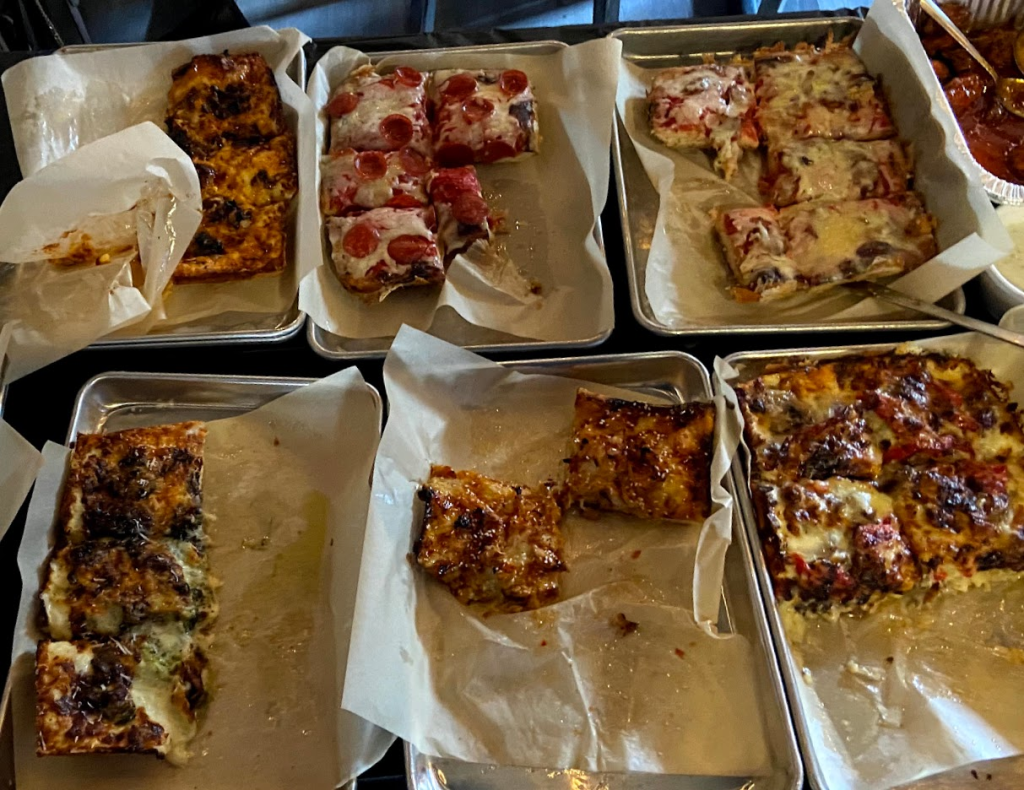
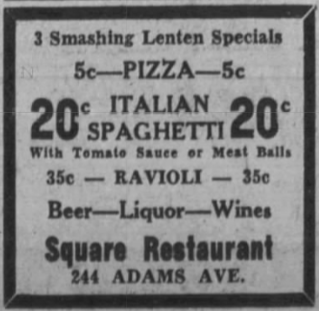

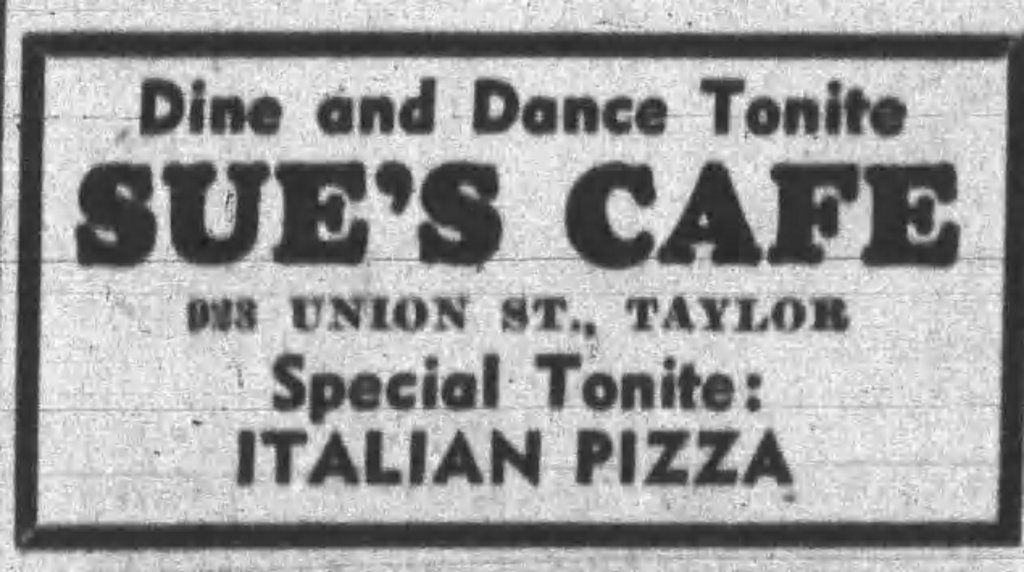
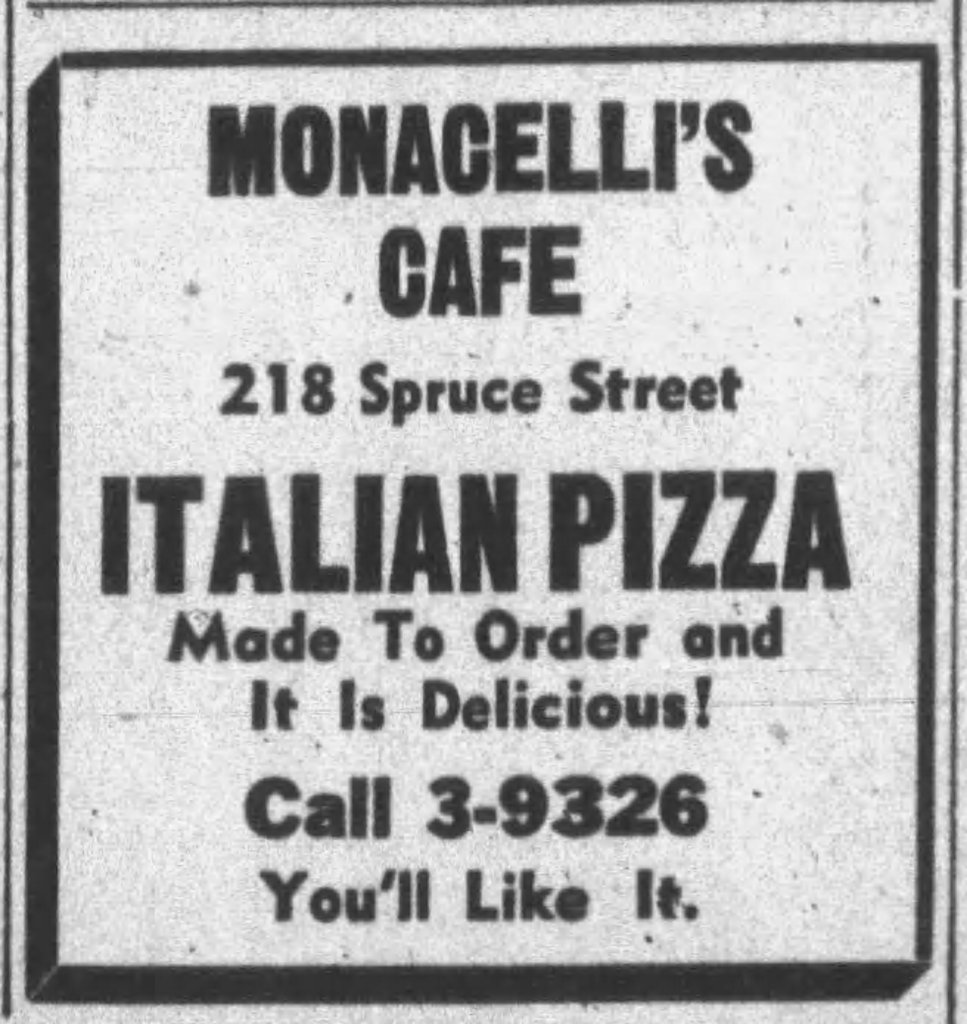

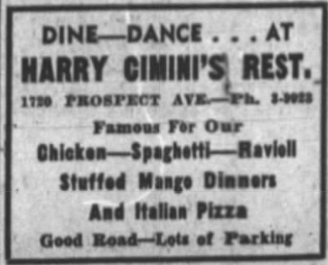
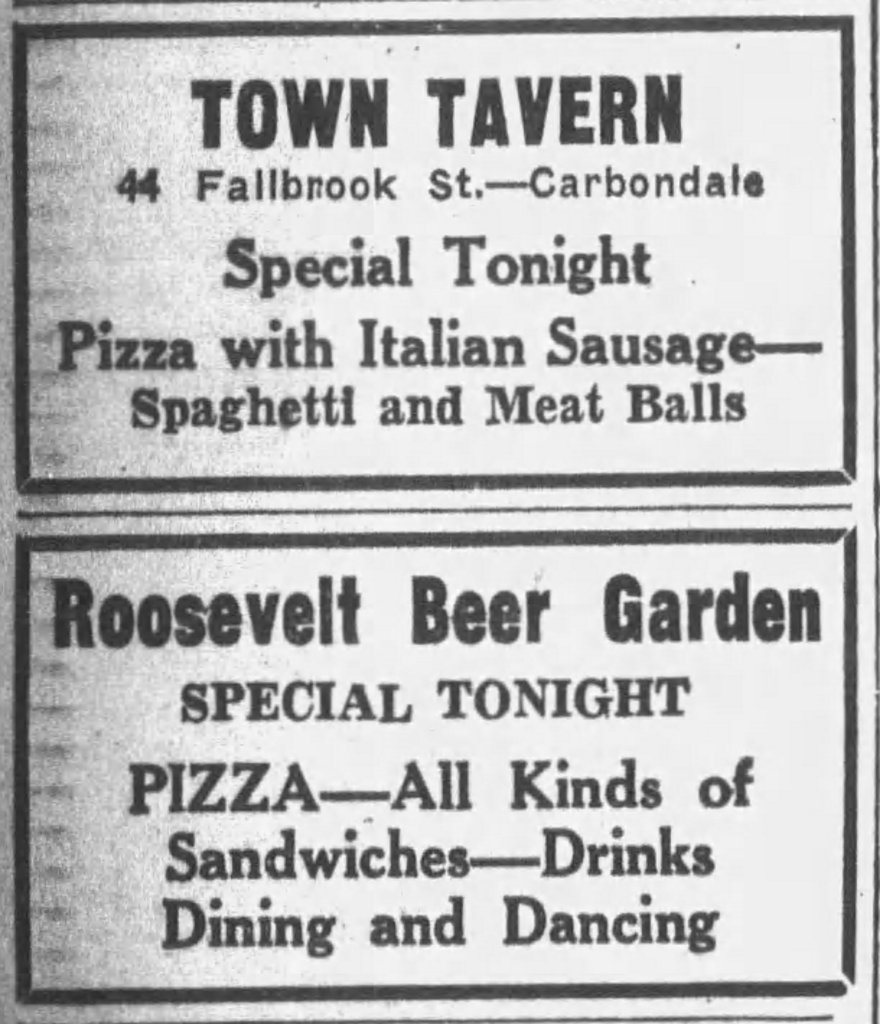
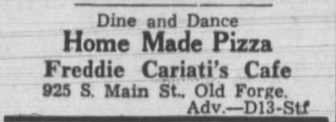


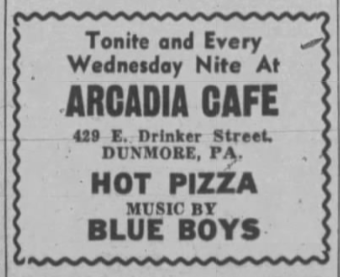
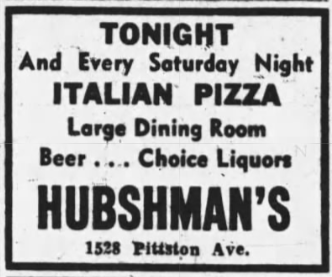
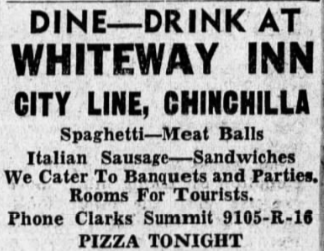
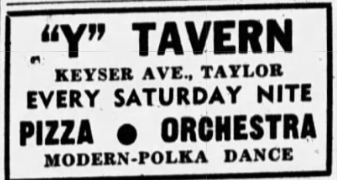
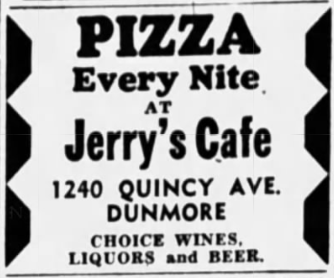
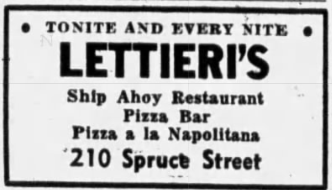

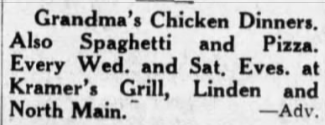

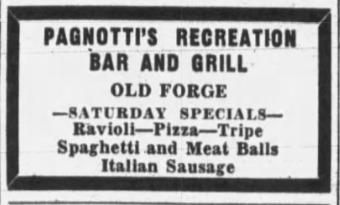
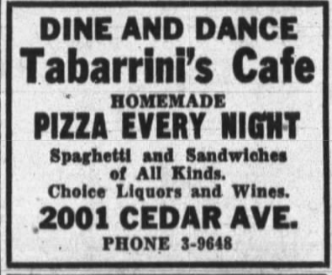

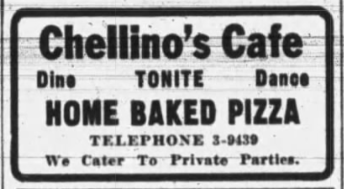
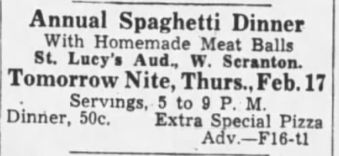
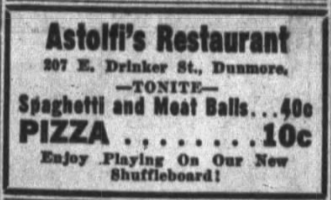
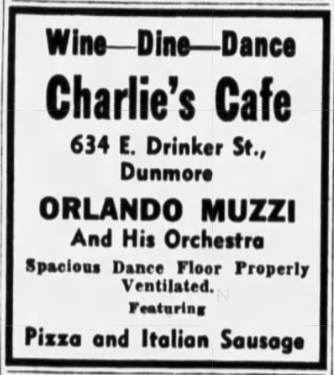
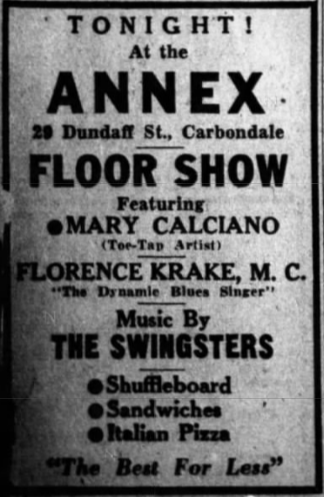
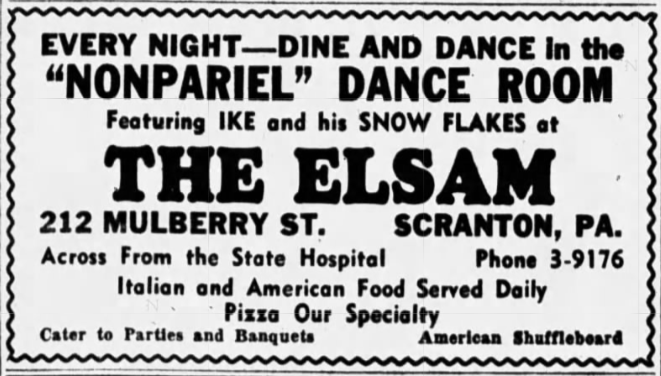
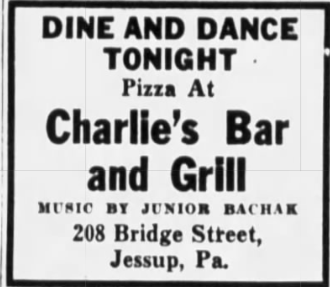



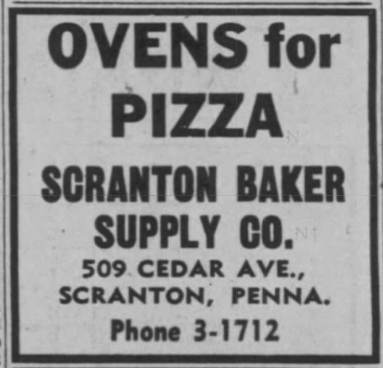


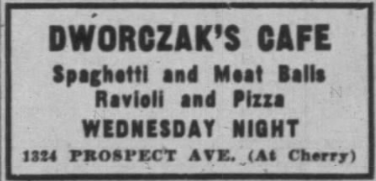



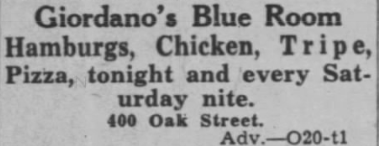
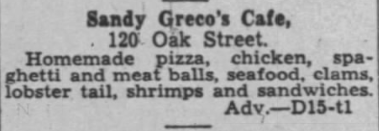

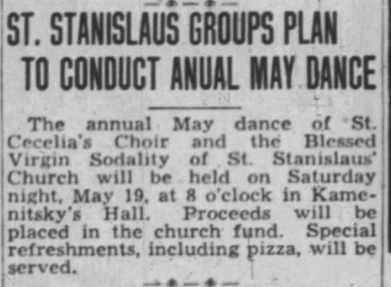
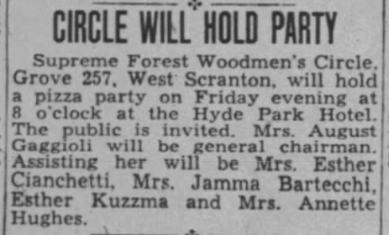
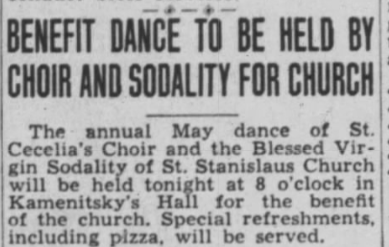

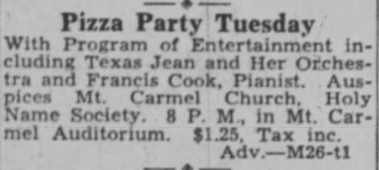
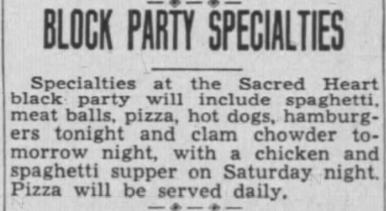
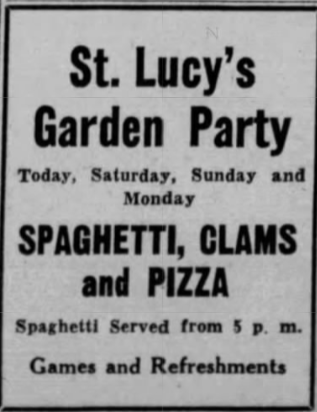

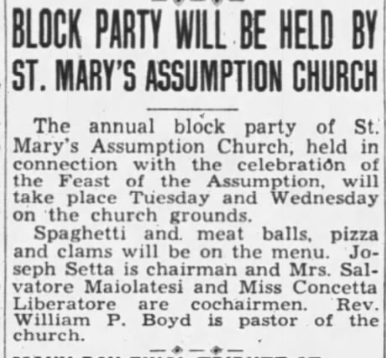
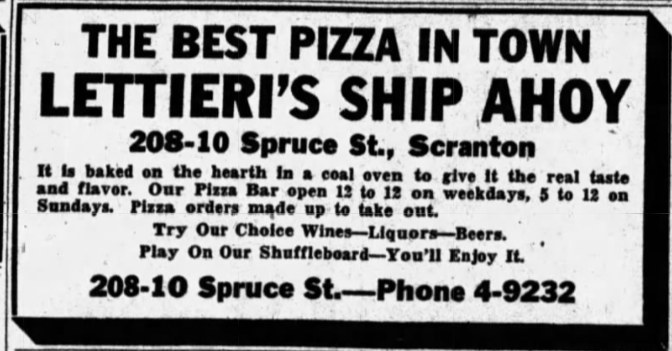
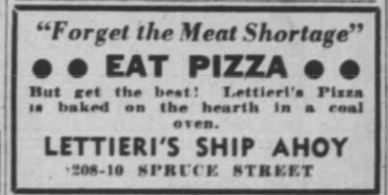
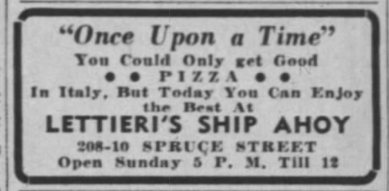
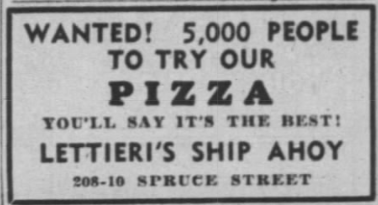


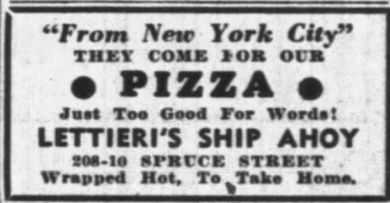
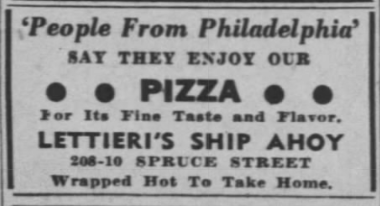


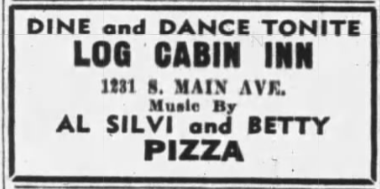

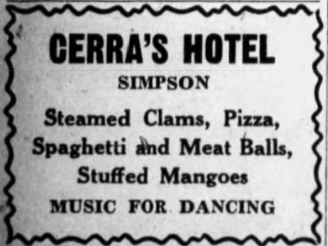
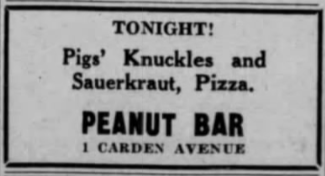

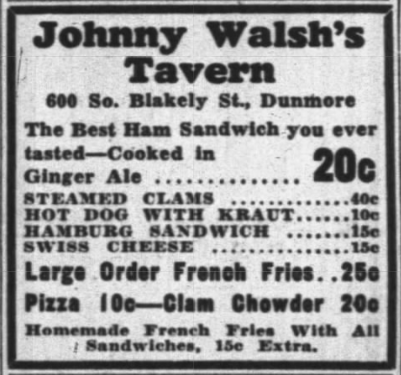
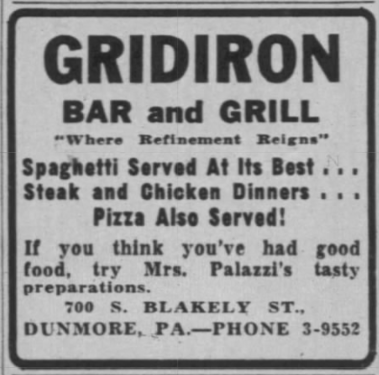
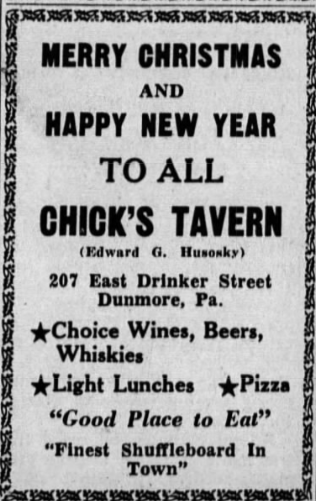

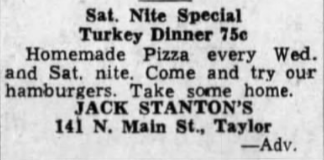
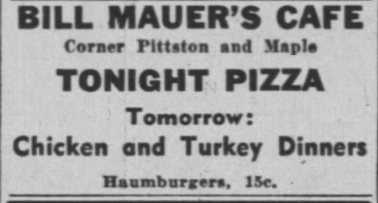
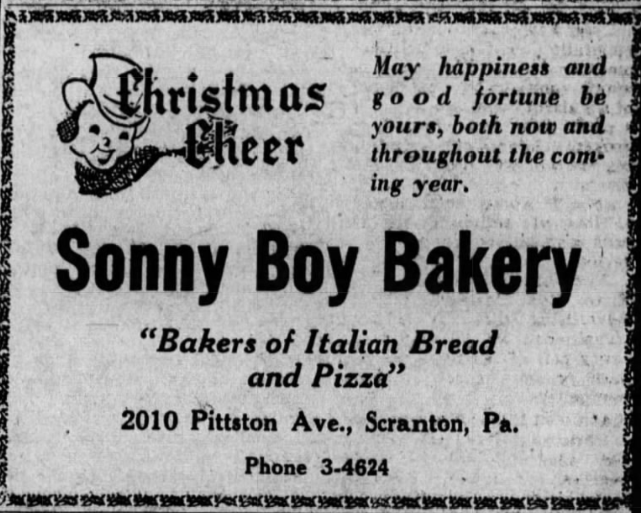
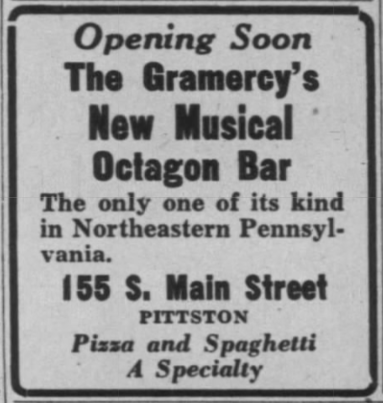
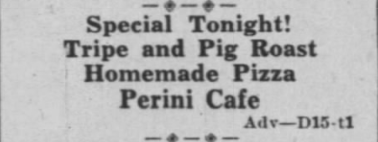
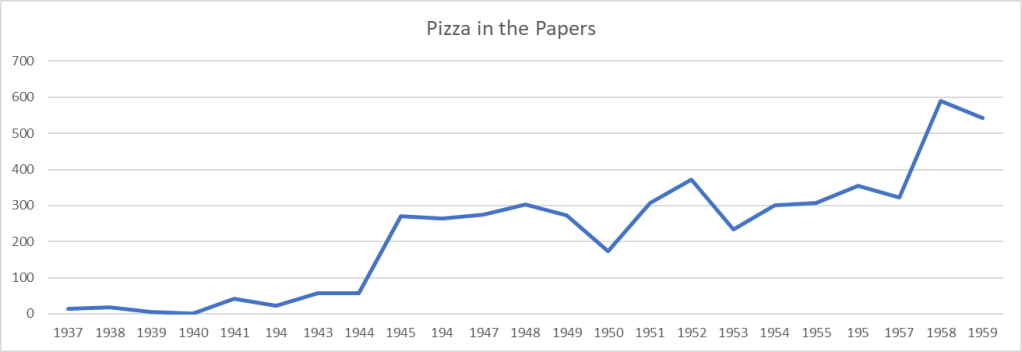


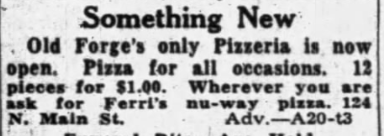
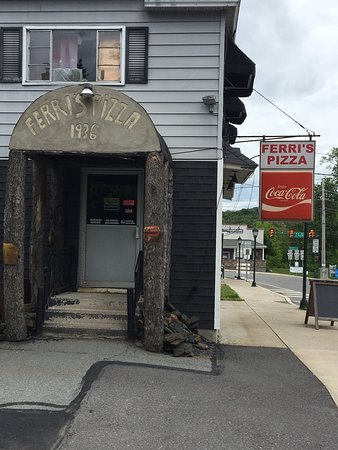
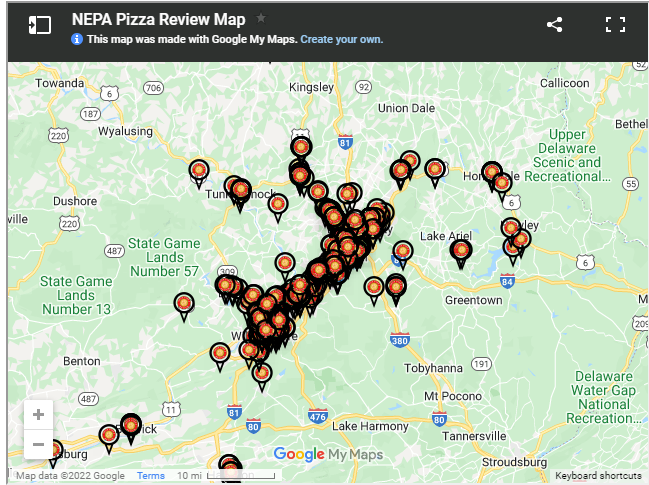
I never knew Biff’s started out in the 500 block of Breck street, I wonder when they moved to the corner of Palm and Cedar avenue
Good catch! They opened August 1946 on Cedar Ave.
Thanks
Your “PIZZA” story was entertaining and enjoyable. Thanks for a walk down memory lane.
Well done and researched. Thank you, sir!
Thank you for taking the time to read and comment.
There were and are so many places I’m shocked that you found those significant ones you did! However, noteworthy of mention is DiBlasi’s of Jessup. They owned and operated the famous Tony’s Pizza Palace in Olyphant and Chapman Lake. Known up and down the NEPA valley for their dance hall in Olyphant that drew teens like a magnet and featured live rock & roll bands many of which became quite celebrated nationally. Although the dance halls are long gone in Olyphant and Chapman Lake, Tony’s Pizza is still operated by the family!
It’s likely that Tony’s either started later than 1946 or didn’t advertise. I do show them in 1956.
That would be about right! Btw, thanks for your efforts. I’m sure all pizza lovers appreciate it. It represents a great “pitza” research! 👍
Fantastic article! Thank You from a member of the Ferri family. Evaristo Ferri was my grandfather and I can still remember his square pizza.
Thank you! You’re welcome! It was a joy diving into our region’s rich history with pizza – and Evaristo was certainly a key piece of the foundation.
GREAT JOB THANKS FOR THE RESEARCH SND SHARING 👍
Very interesting and thanks so much for digging up past article’s! I am really interested in the history of pizza! You did a remarkable job in many ways!!
Regards,
Norma Knepp
Thank you for the kind words. Glad you enjoyed it.